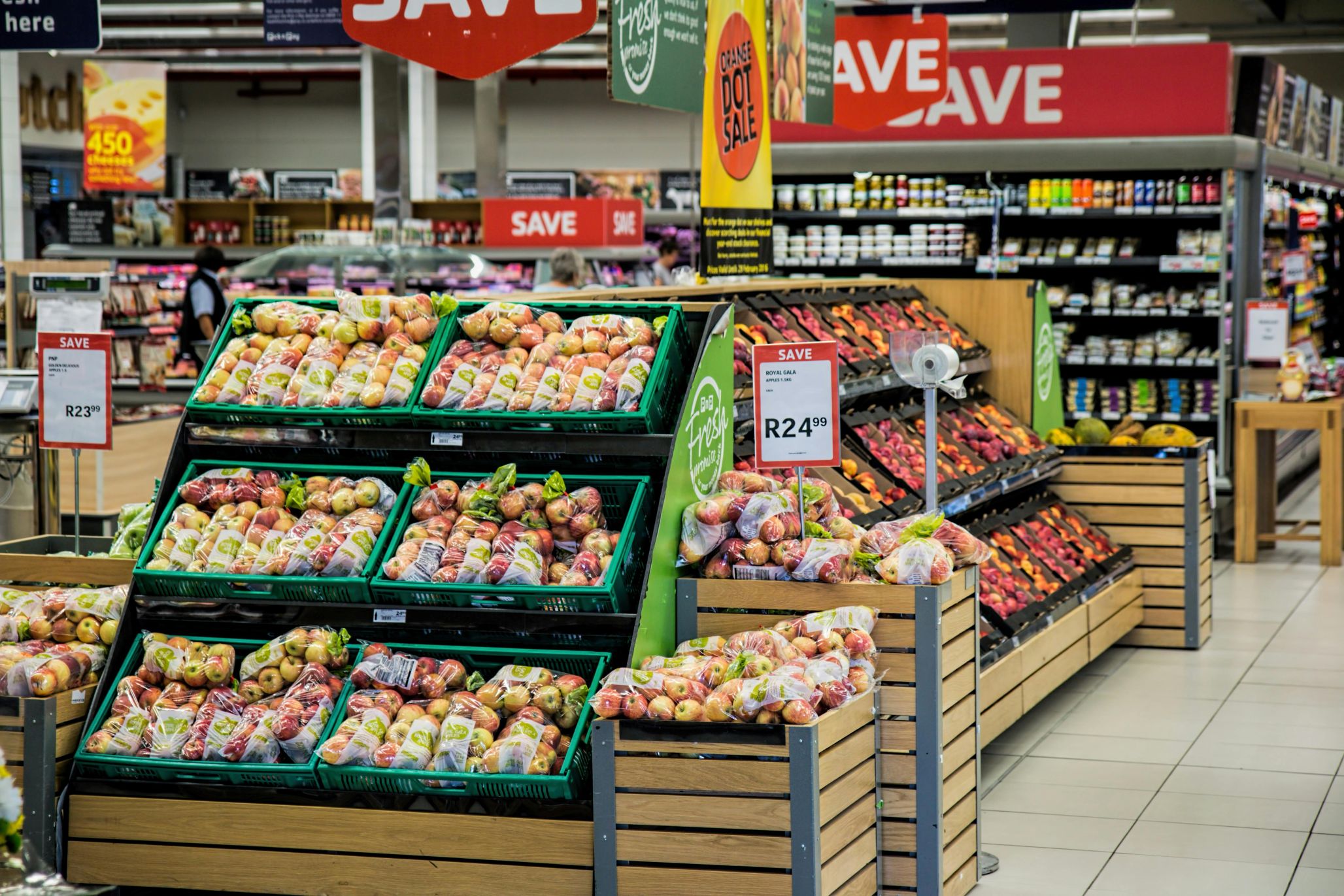Lowe’s Cos Inc: A Market Displaying Potential for Further Development
$$222.00
Lowe’s Cos Inc: A Market Displaying Potential for Further Development
18 Nov 2025, 17:56


Energy relief offers hope, but food and fuel costs threaten to reignite inflation
Inflation in the UK has eased slightly, falling to 3.6% in October from 3.8% in September, offering a modest boost to hopes for economic recovery. However, surging food and fuel prices continue to pressure households, potentially limiting the Bank of England’s ability to cut interest rates any time soon.
Headline Inflation Eases on Lower Energy Costs
According to the Office for National Statistics (ONS), the drop in the Consumer Prices Index (CPI) was largely driven by weaker housing and energy costs. A milder increase in gas and electricity bills—thanks to Ofgem’s updated energy price cap—helped cool overall inflation.
Grant Fitzner, chief economist at the ONS, noted:
"Inflation eased in October, driven mainly by gas and electricity prices, which increased less than this time last year. Hotel prices also contributed to the slowdown."
Food Prices Spike Again
Despite the broader decline in inflation, food prices have risen sharply—up from 4.5% to 4.9%—reversing the dip seen in September. A combination of factors is behind this increase:
These inflationary pressures have sparked criticism of Chancellor Rachel Reeves’ previous budget, with some economists arguing that it added to business costs and contributed to price hikes.
Petrol Prices Climb as Fuel Becomes a Concern
Petrol and diesel costs are also climbing. The AA noted that UK fuel prices are nearing their highest levels in seven months. Without the previous government’s 5p cut in fuel duty, prices could already be back to pre-pandemic levels.
There are rumours that the Chancellor may remove this reduction in the upcoming budget, further complicating the inflation outlook.
Government and Bank of England Respond
Rachel Reeves responded to the inflation figures by calling the fall “good news,” while promising further action in the upcoming budget:
“I’m determined to do more to bring prices down. That’s why at the budget next week I will take the fair choices to deliver on the public’s priorities: cut NHS waiting lists, cut national debt and cut the cost of living.”
However, she avoided directly acknowledging whether her previous budget contributed to the current rise in food prices.
Meanwhile, the Bank of England remains cautious. Its 2% inflation target is not expected to be reached until 2027. Although the markets anticipate a potential interest rate cut soon, the Bank’s decision will depend heavily on labour market trends and ongoing inflationary risks.
Economic Growth Falters
Additional headwinds are emerging for the economy:
This flatlining of economic output makes it harder for households to absorb price rises and could limit the government’s room for fiscal manoeuvre.
Outlook: What’s Next?
While the fall in headline inflation is a positive signal, the continued rise in essential costs like food and fuel may prolong the financial strain on UK consumers. Investors and analysts will be watching the Chancellor’s upcoming budget for signs of relief or further complications.
With interest rates unlikely to drop aggressively and inflation expected to remain stubborn, UK households and businesses face a tough winter.
Source: (SKYMoney.com)